






MMHG Fashion Prize(MMHG ファッション賞) / Fungi Prize(きのこ賞)
The Purhyphae Project
Fabricademy Barcelona
概要
Use of mycelium for the biodegradation of textile waste and exploration of a repurposition into a composite flexible material.
<機械翻訳>
繊維廃棄物の生分解を目的とした菌糸の利用と複合柔軟素材への再利用の検討。
プロジェクトの説明
The fashion industry produces over 100 billion garments per year, of which 60% are plastic based and 85% will end up in a dump before the end of the year. Considering that various micro and macro-organisms, such as fungi and more specifically their mycelium, are capable of biodegrading the main components of textile (cellulose and more complex plastic molecules) an opportunity to rethink the linearity of the textile industry emerges. Beyond breaking down the waste products, the mycelium hyphae network can produce mycelium-based materials, including leather-like materials, adoptable in the fashion industry.
This project investigates ways to biodegrade various combinations of denim textile waste, synthetic textile waste, food waste and spent coffee grounds. The mycelium used was from the Pleurotus ostreatus (oyster) fungi. The results show that P. ostreatus (oyster) mycelium grows on all the combinations of food waste (vegetable peels and coffee grounds) with textile waste (synthetic textile and denim textile), and even grows on denim textile waste only. However, the mycelium did not entirely degrade the fibers but only partially digested it, leading to a leather-like composite made of the mycelium and remainder of its substrate. Provided the soft nature of the substrate, the textile waste and food waste mycelium composite is also malleable, and therefore interesting for further textile applications.
A protocol for post processing of the flexible composite material using low energy and natural components (heat, water, glycerol, and beeswax) was created to make a composite flexible fungal material. The whole process thus enables a circular way of treating textiles by closing the loop of the current linear model.
<機械翻訳>
ファッション業界では、年間1,000億着以上の衣服が生産されていますが、そのうち60%はプラスチック製で、85%は年末までにゴミ箱行きになると言われています。真菌類やその菌糸体など、さまざまな微生物やマクロ生物は、繊維の主成分(セルロースやより複雑なプラスチック分子)を生分解する能力があることを考えると、繊維産業の直線性を見直す機会が生まれてきます。菌糸のネットワークは、廃棄物を分解するだけでなく、ファッション業界で採用されている皮革のような素材を含む菌糸ベースの材料を生産することができます。
このプロジェクトでは、デニム繊維の廃棄物、合成繊維の廃棄物、食品廃棄物、使用済みコーヒーかすを様々に組み合わせて生分解する方法を調査しています。使用した菌糸は、Pleurotus ostreatus(カキ)菌のものです。その結果、P. ostreatus(カキ)菌糸は、生ゴミ(野菜の皮、コーヒーかす)と繊維ゴミ(合成繊維、デニム繊維)のすべての組み合わせで生育し、さらにデニム繊維ゴミのみでも生育することが確認されました。しかし、菌糸は繊維を完全に分解せず、部分的にしか消化しなかったため、菌糸とその基材の残りからなる皮革様複合体が得られた。基質が柔らかいという性質があることから、繊維廃棄物と食品廃棄物の菌糸体複合体は可鍛性もあり、さらなる繊維への応用が期待できる興味深いものである。
低エネルギーで天然成分(熱、水、グリセロール、蜜蝋)を用いた柔軟な複合材料の後処理プロトコルが作成され、柔軟な菌類複合材料が作られるようになった。このように、プロセス全体が、現在の線形モデルのループを閉じることで、繊維を処理する循環型の方法を可能にしている。
関連リンク

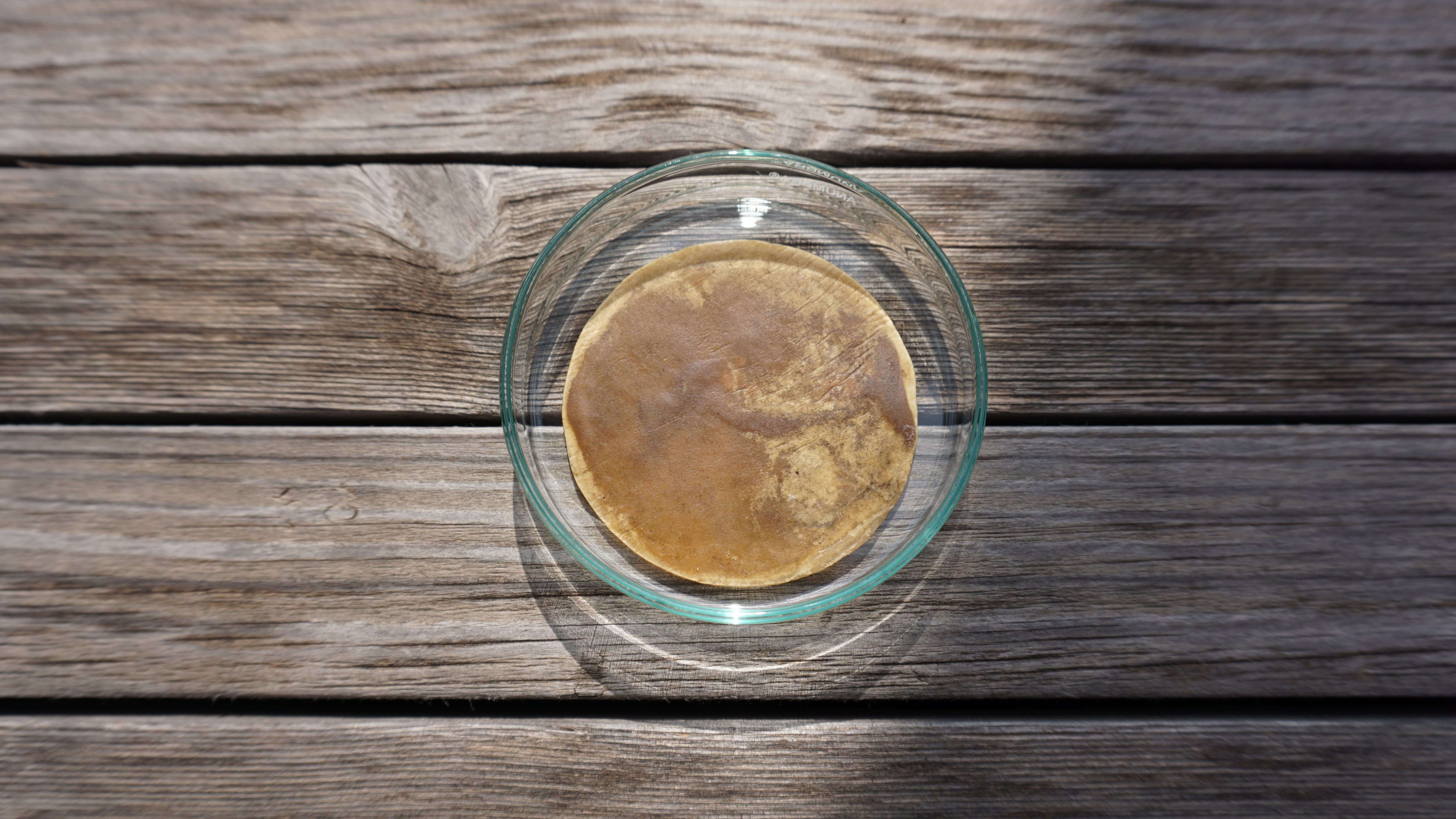
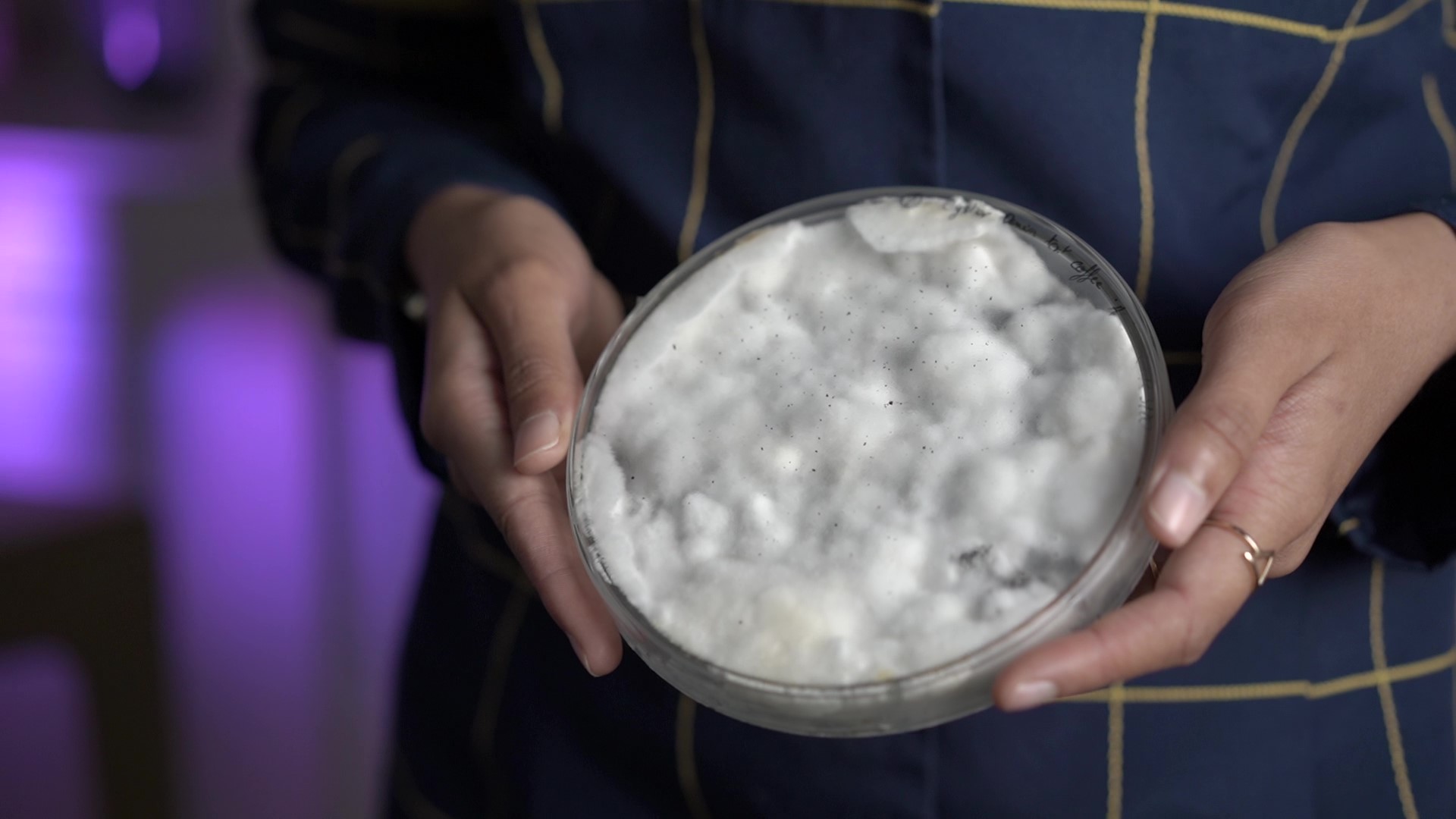







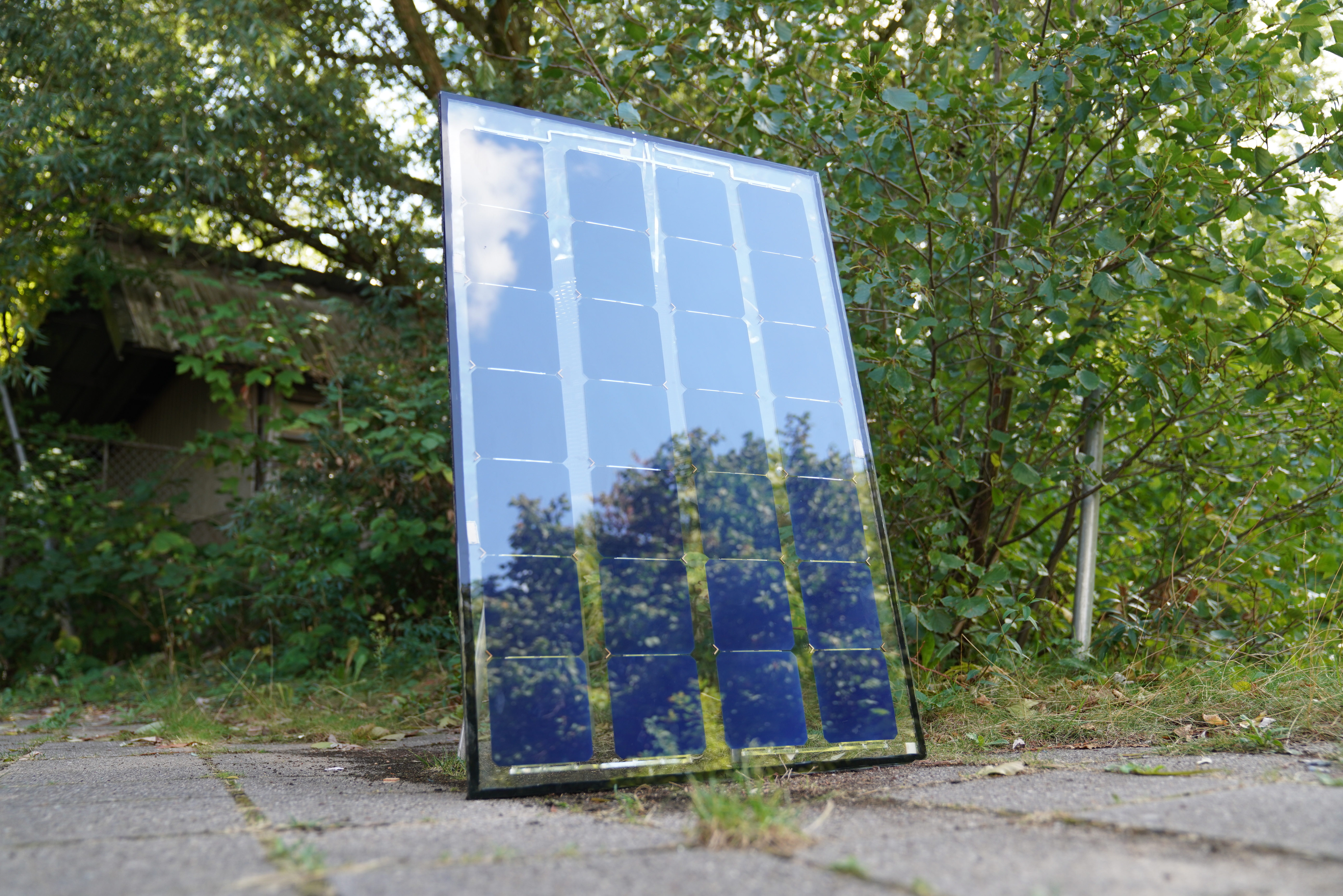
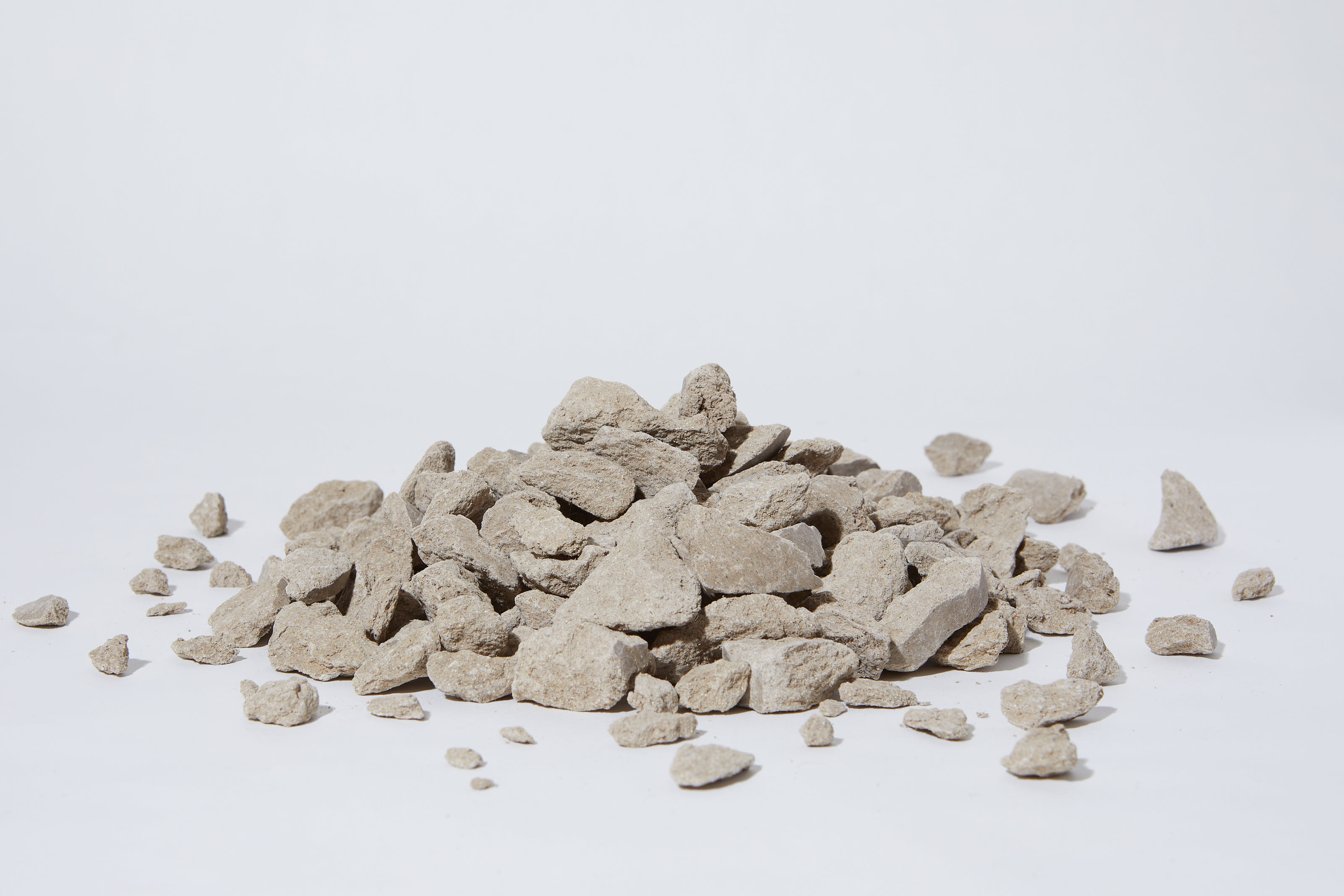
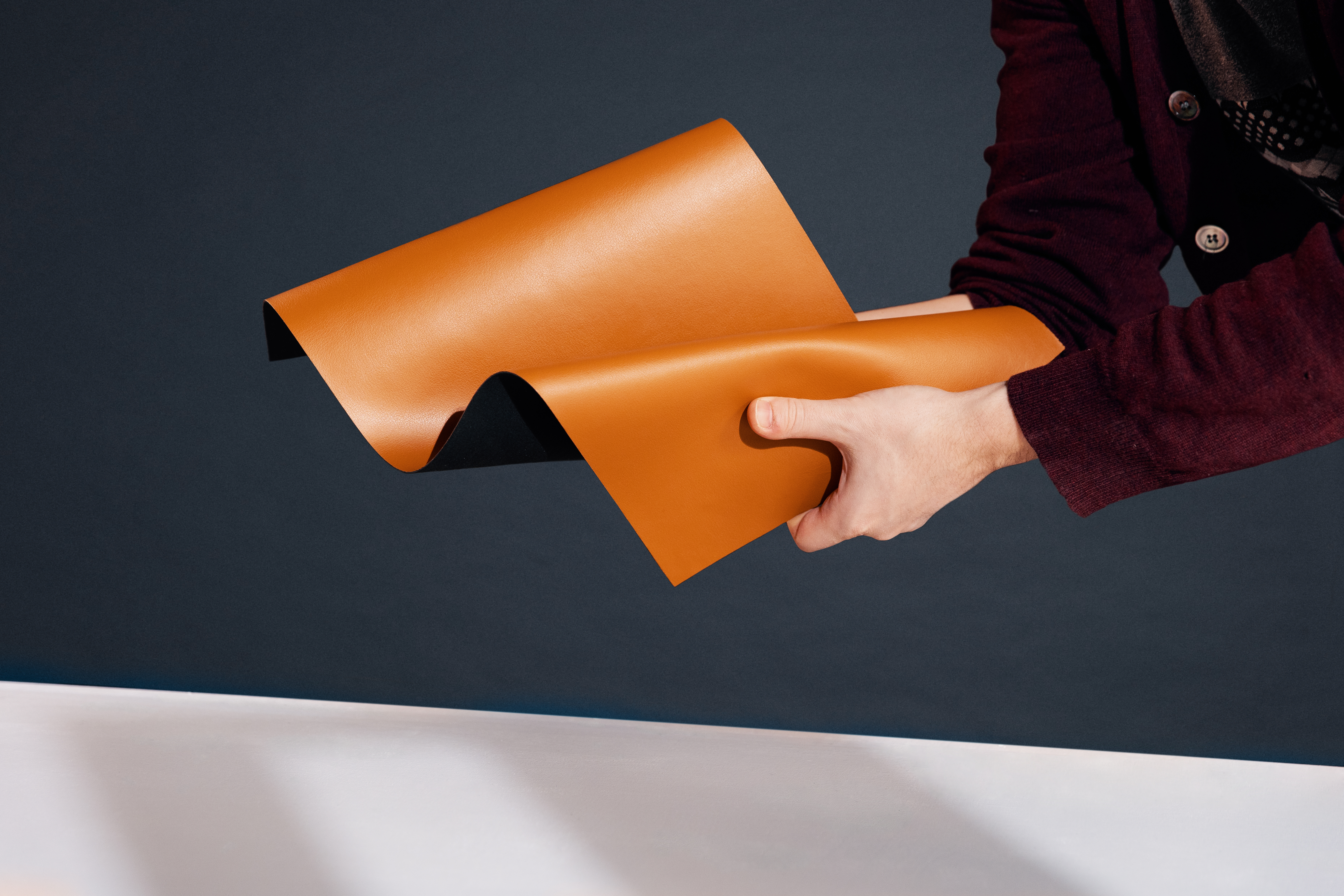
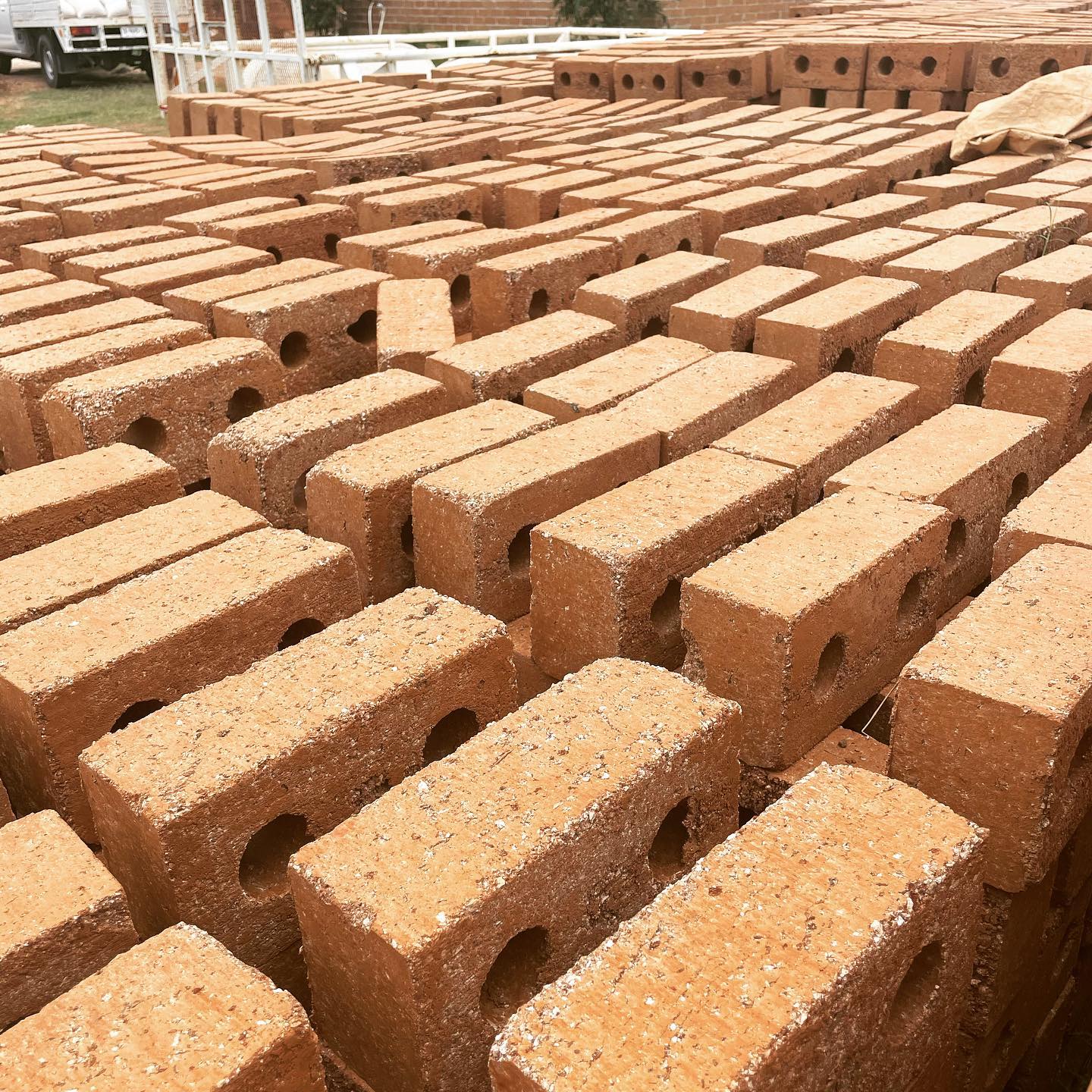

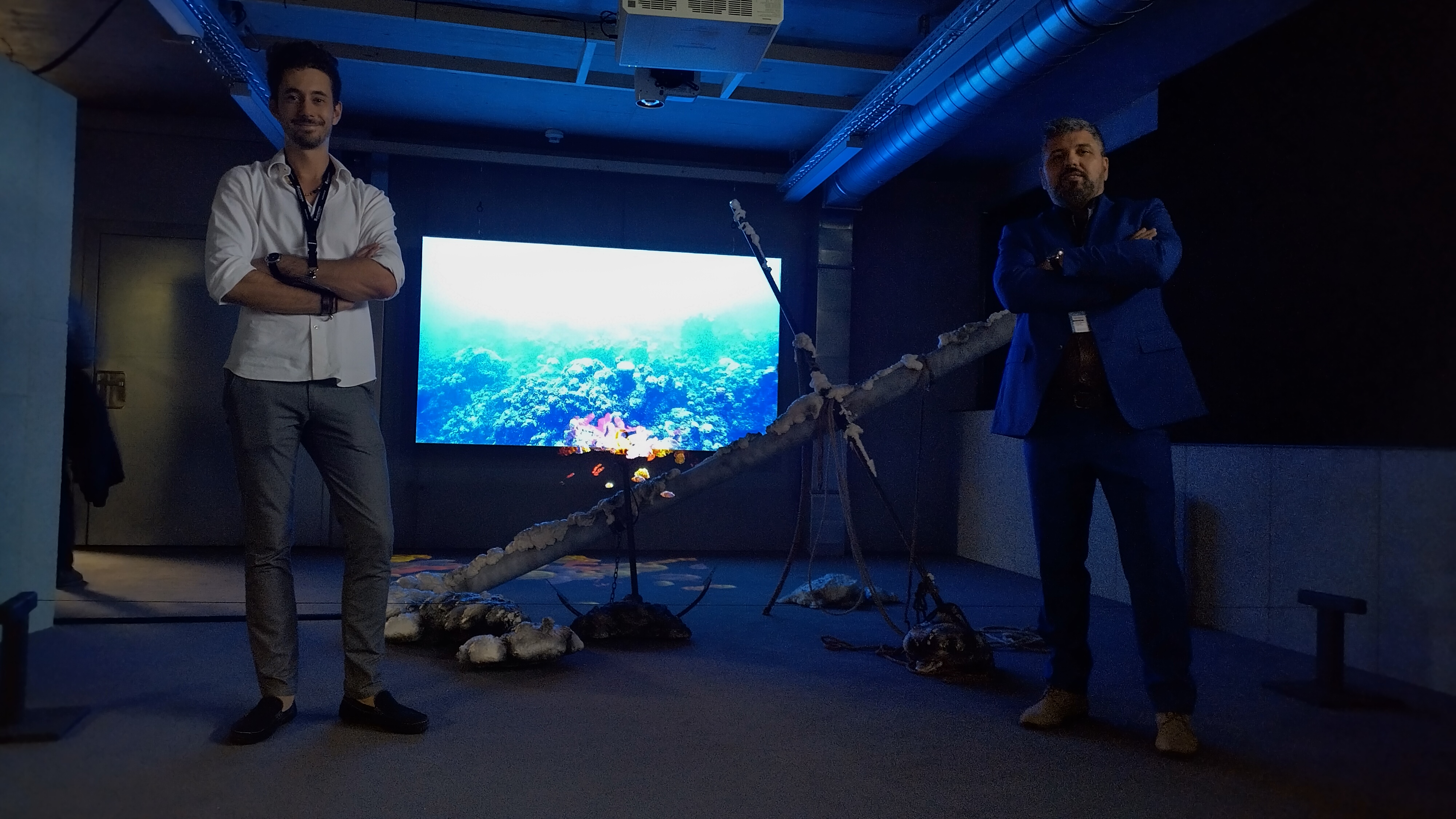
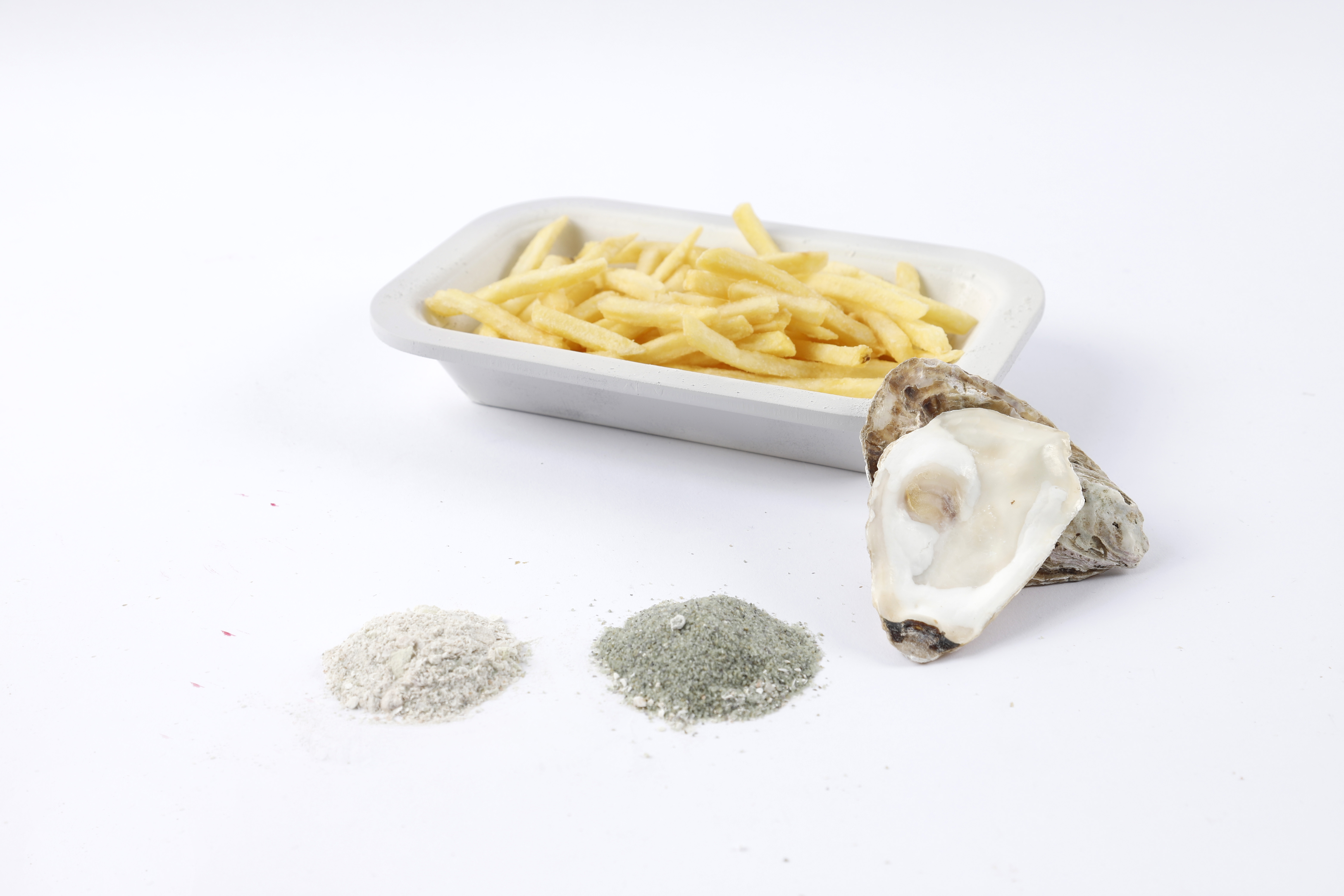
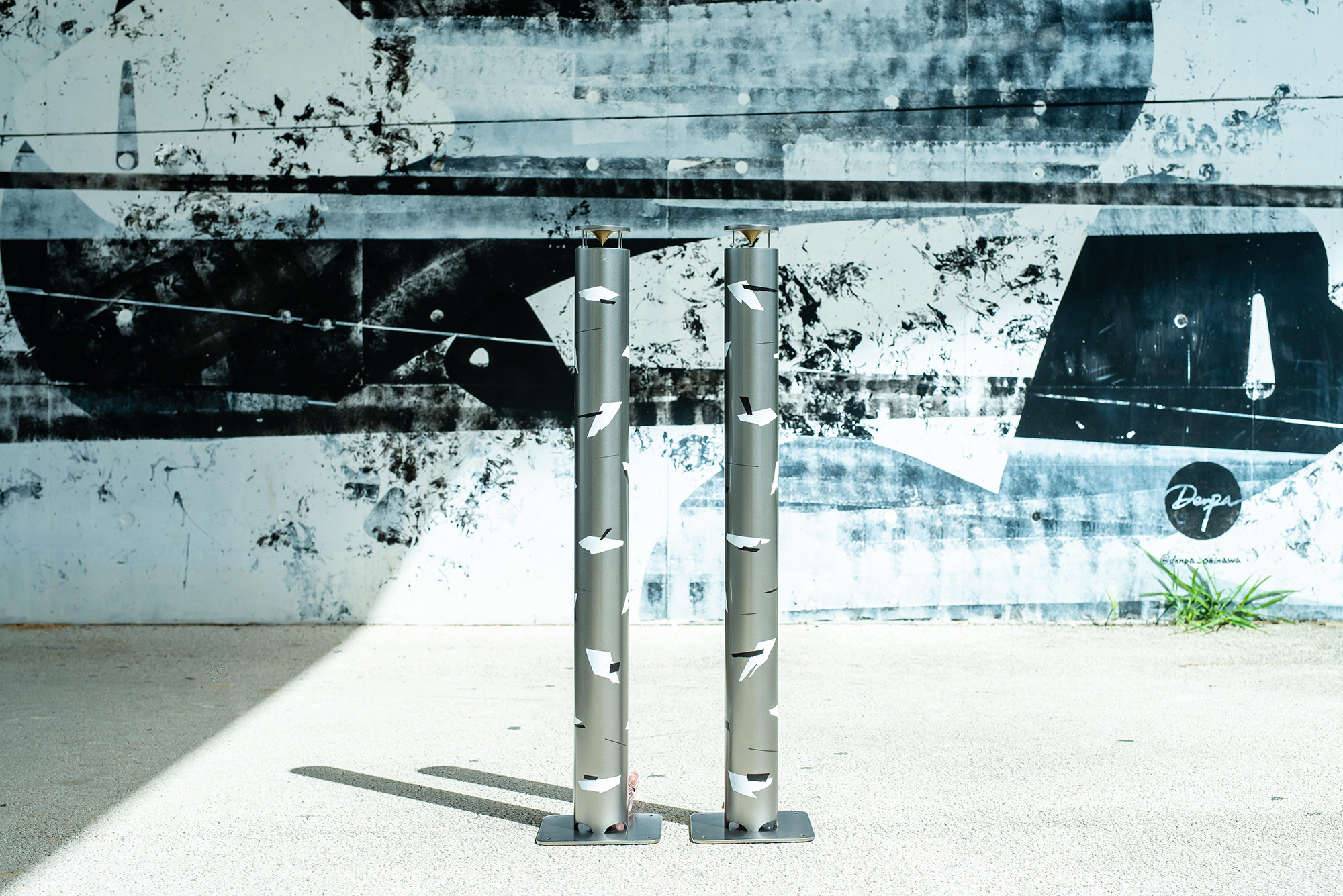






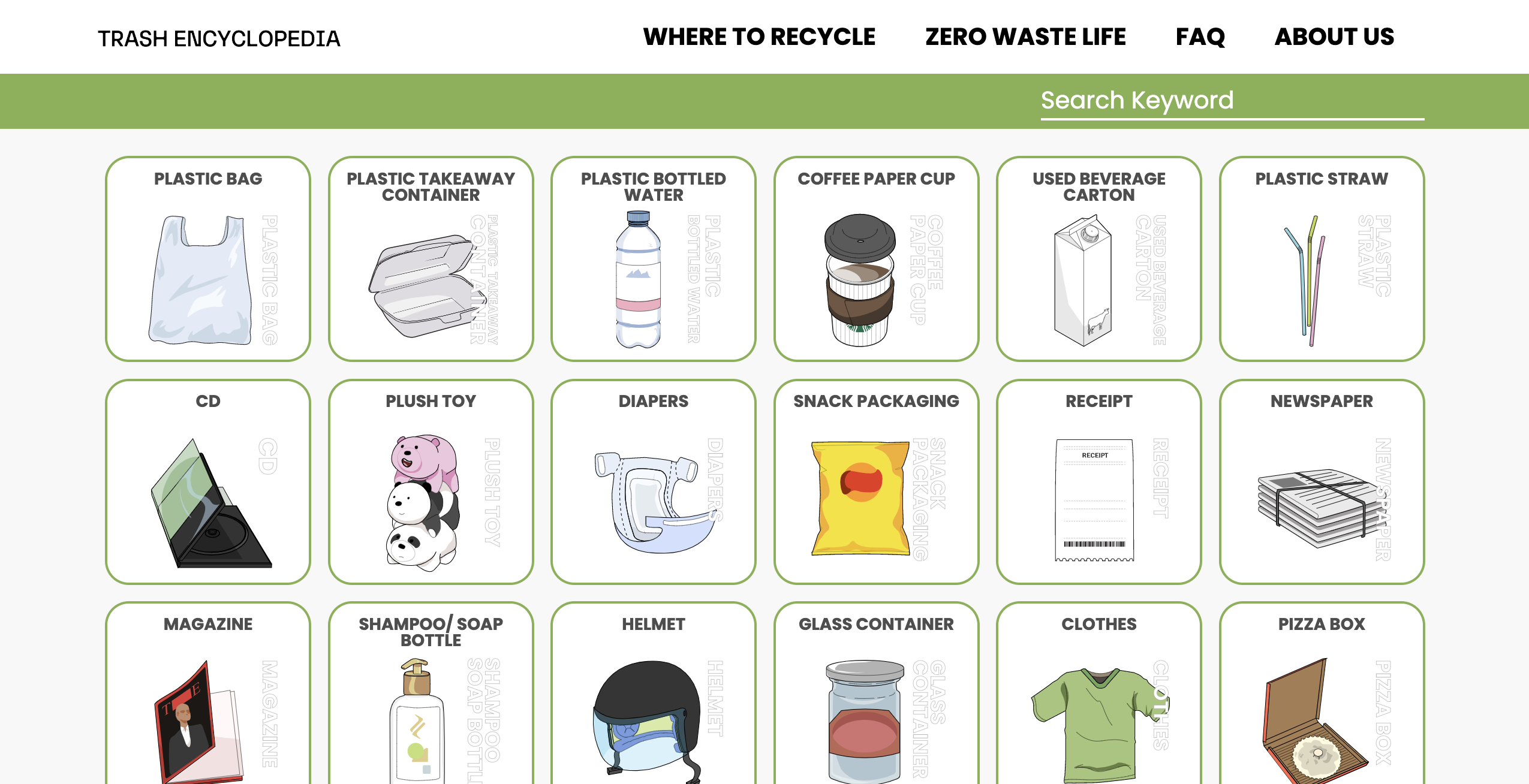
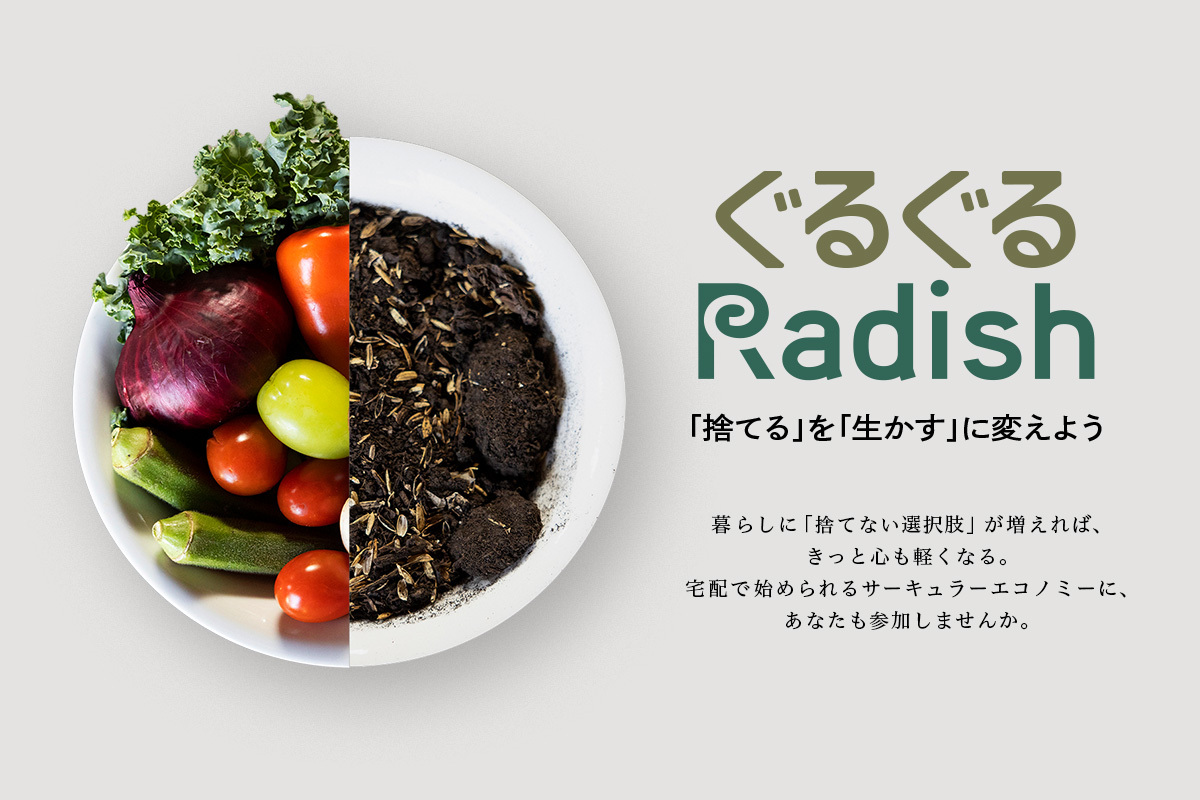
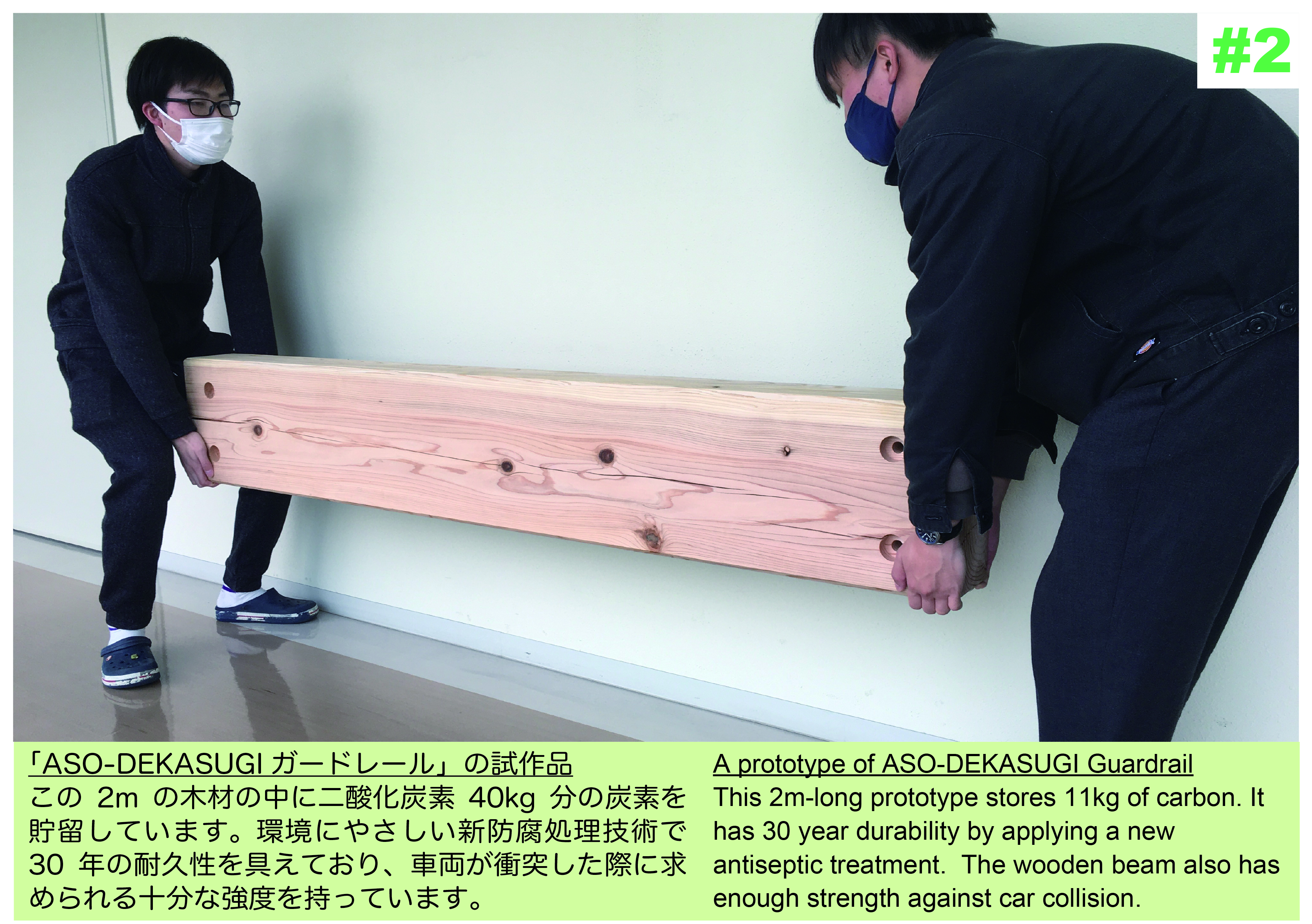

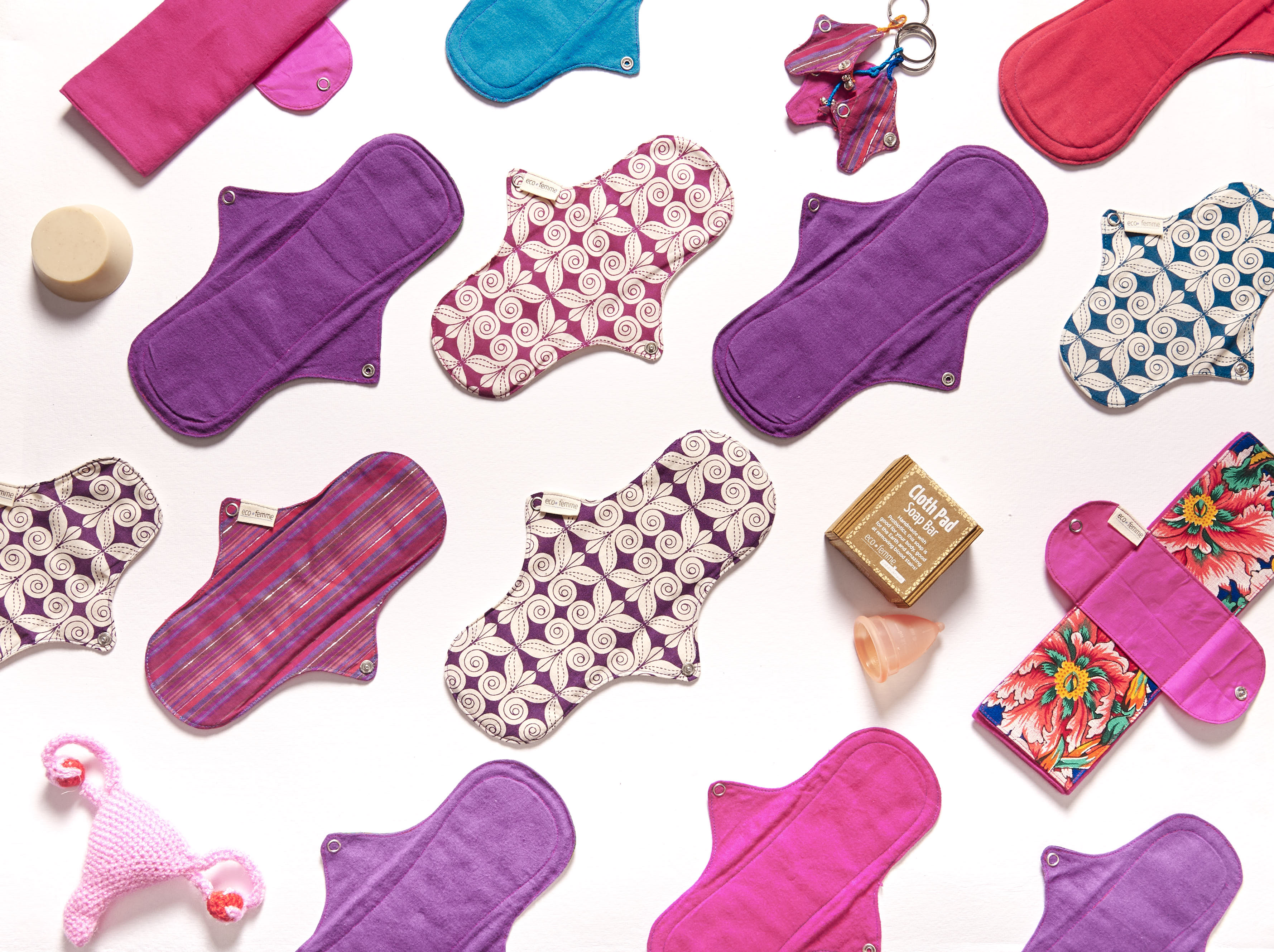
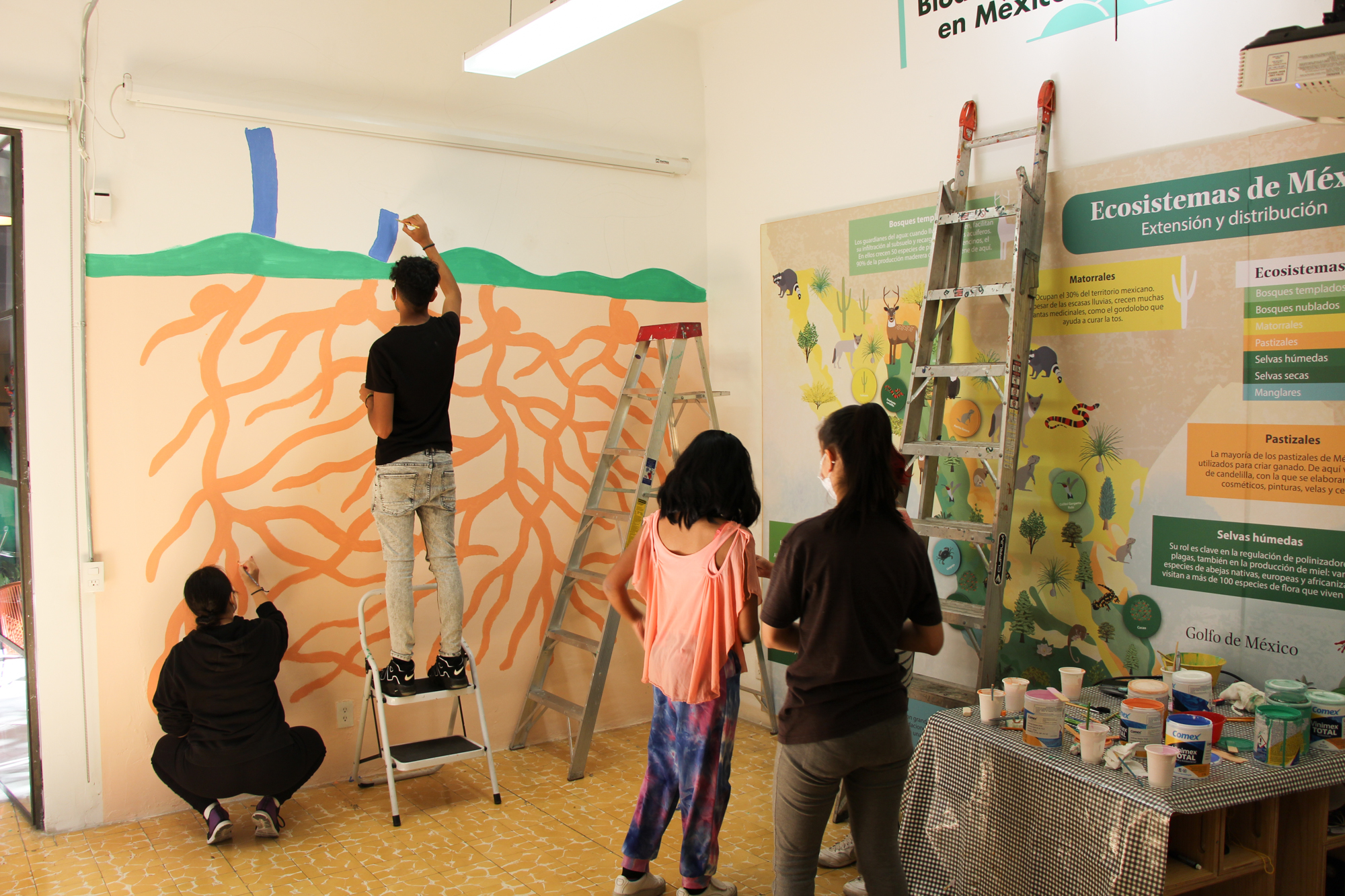
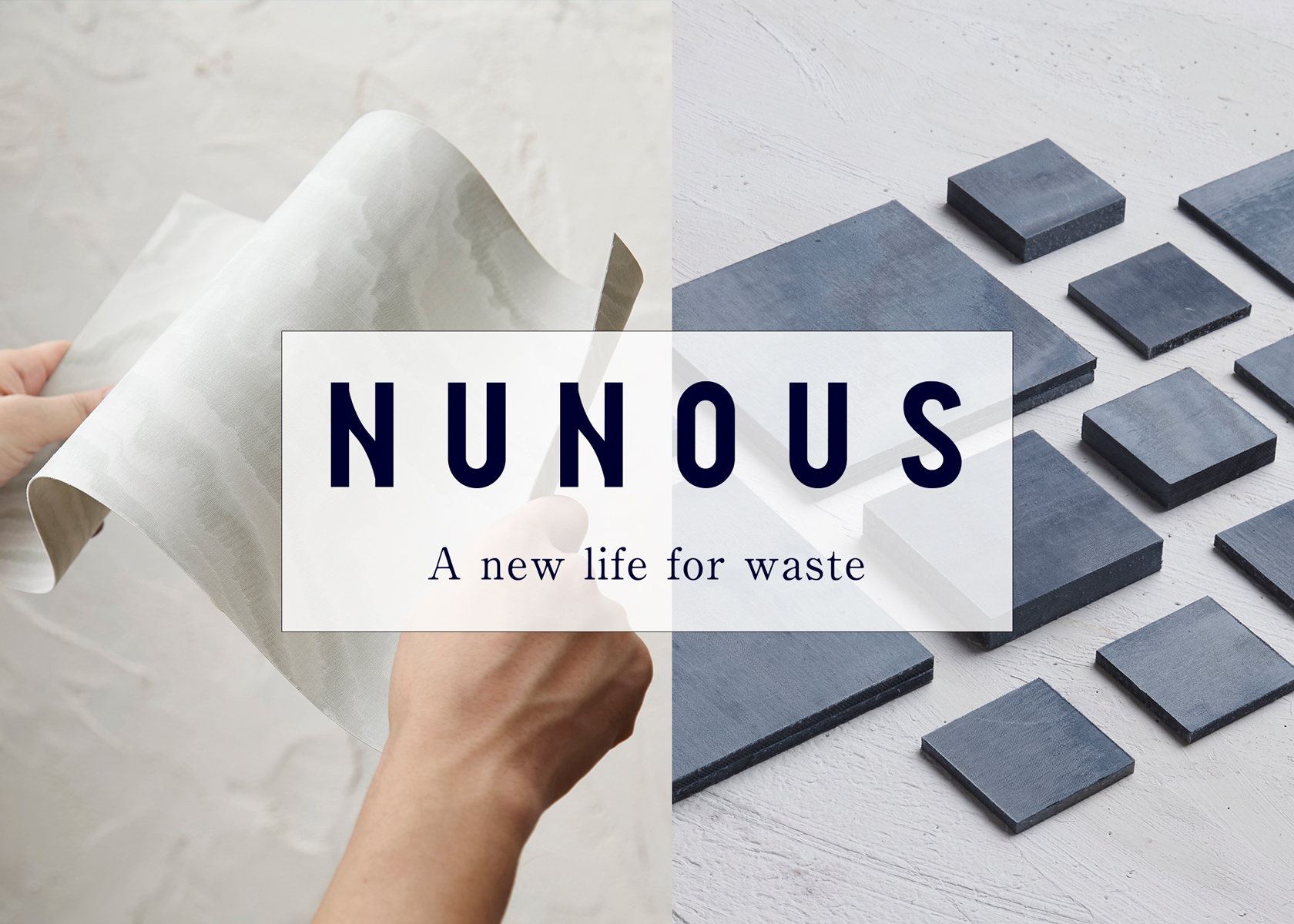
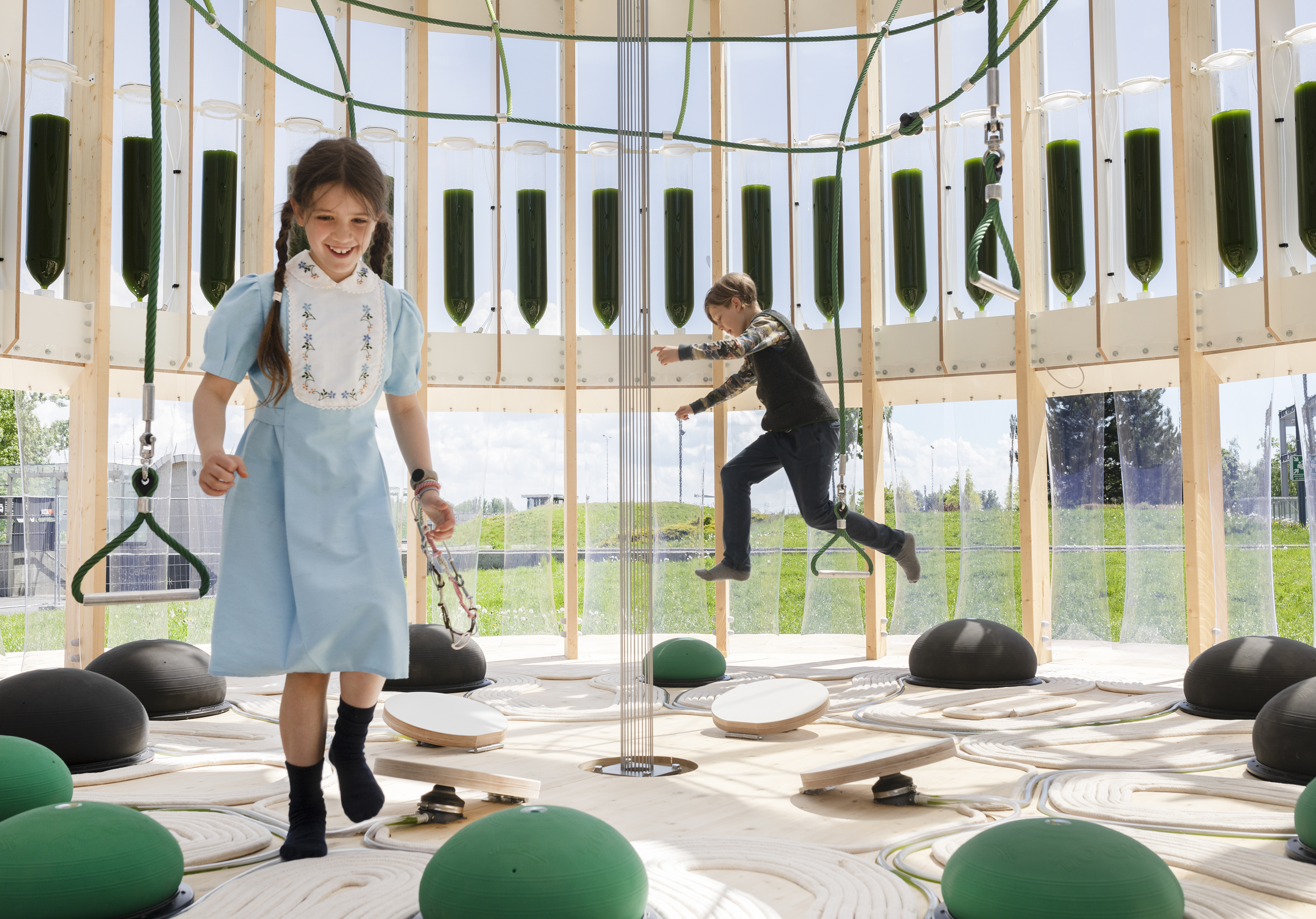

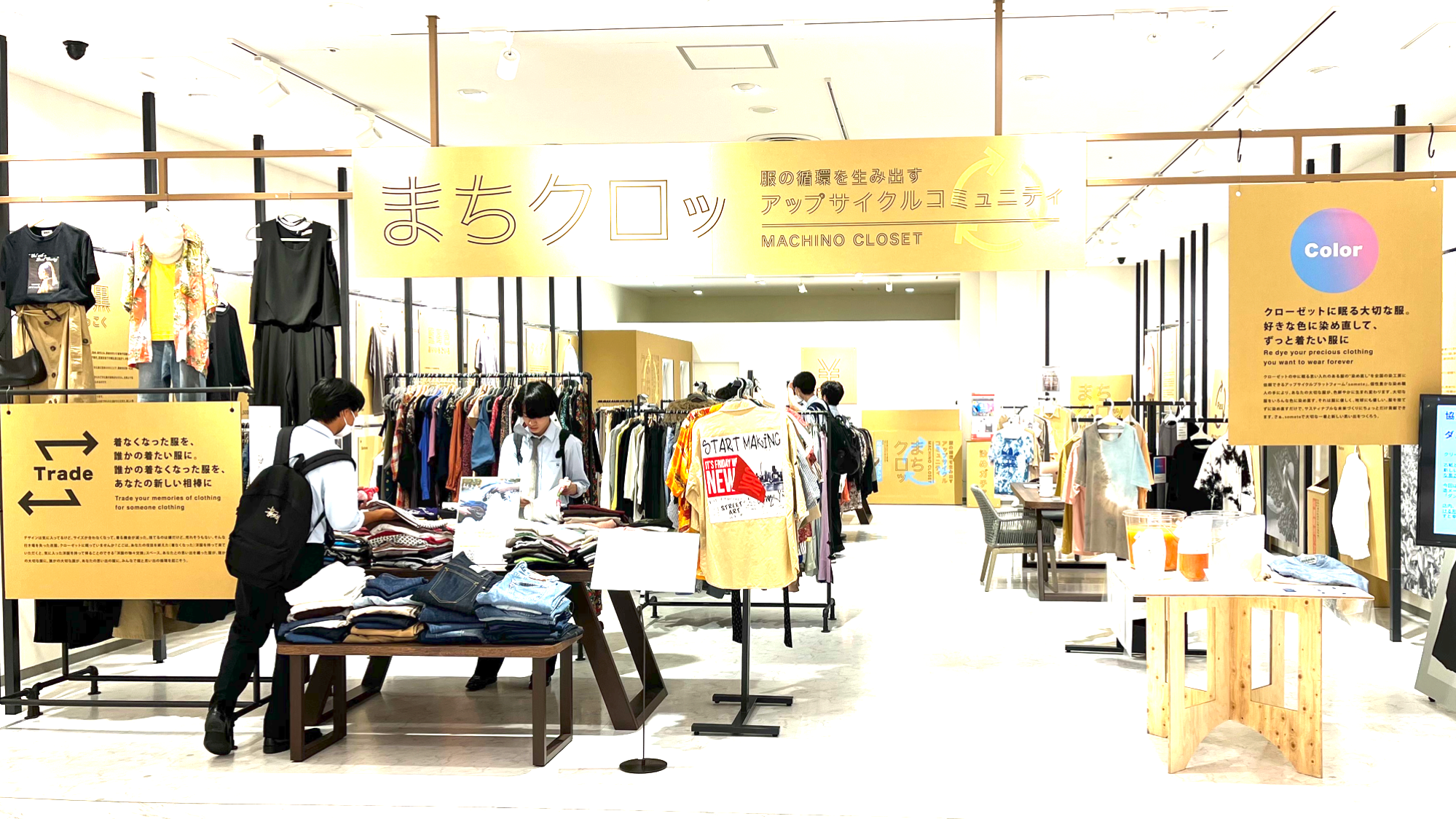
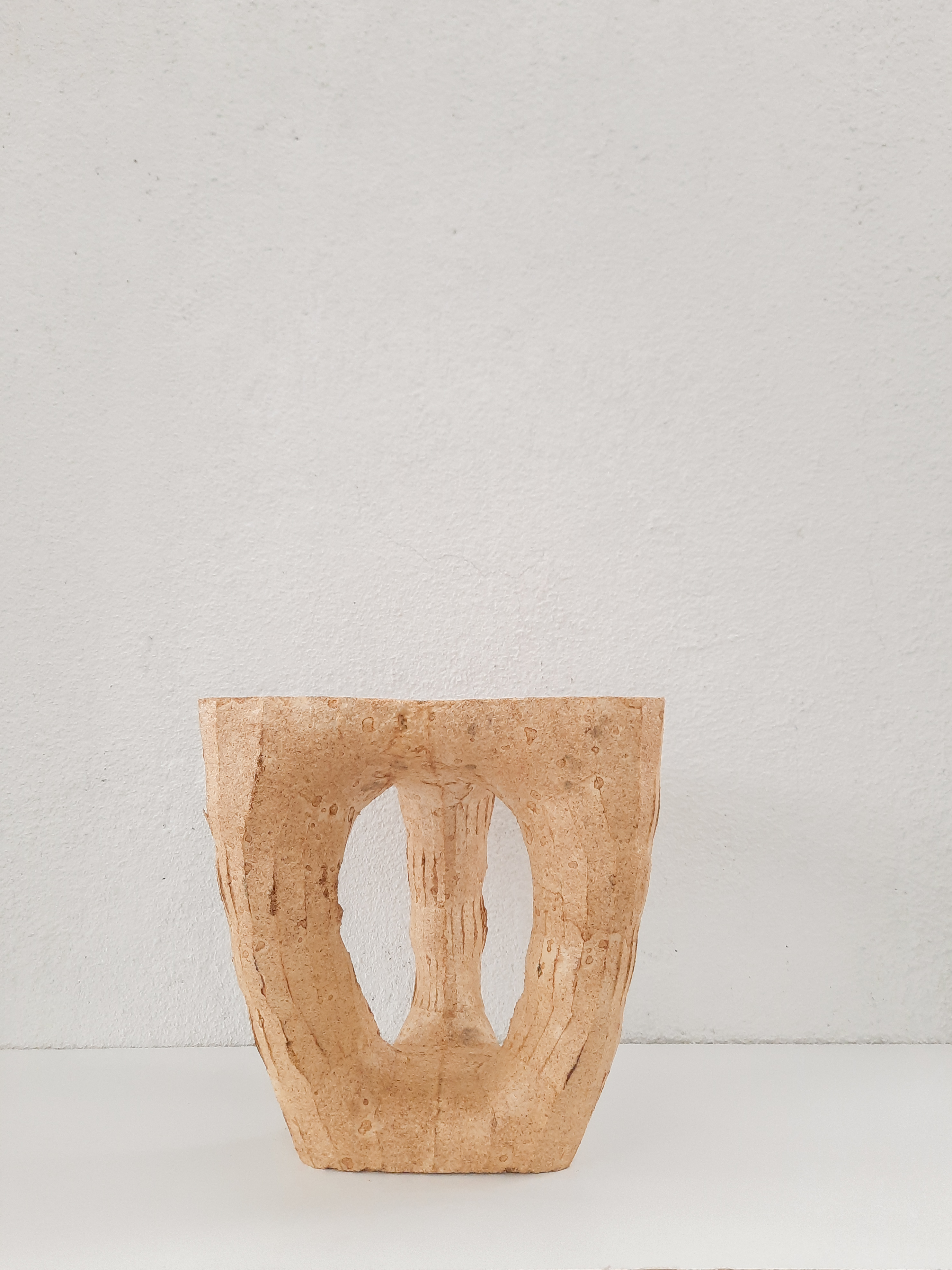
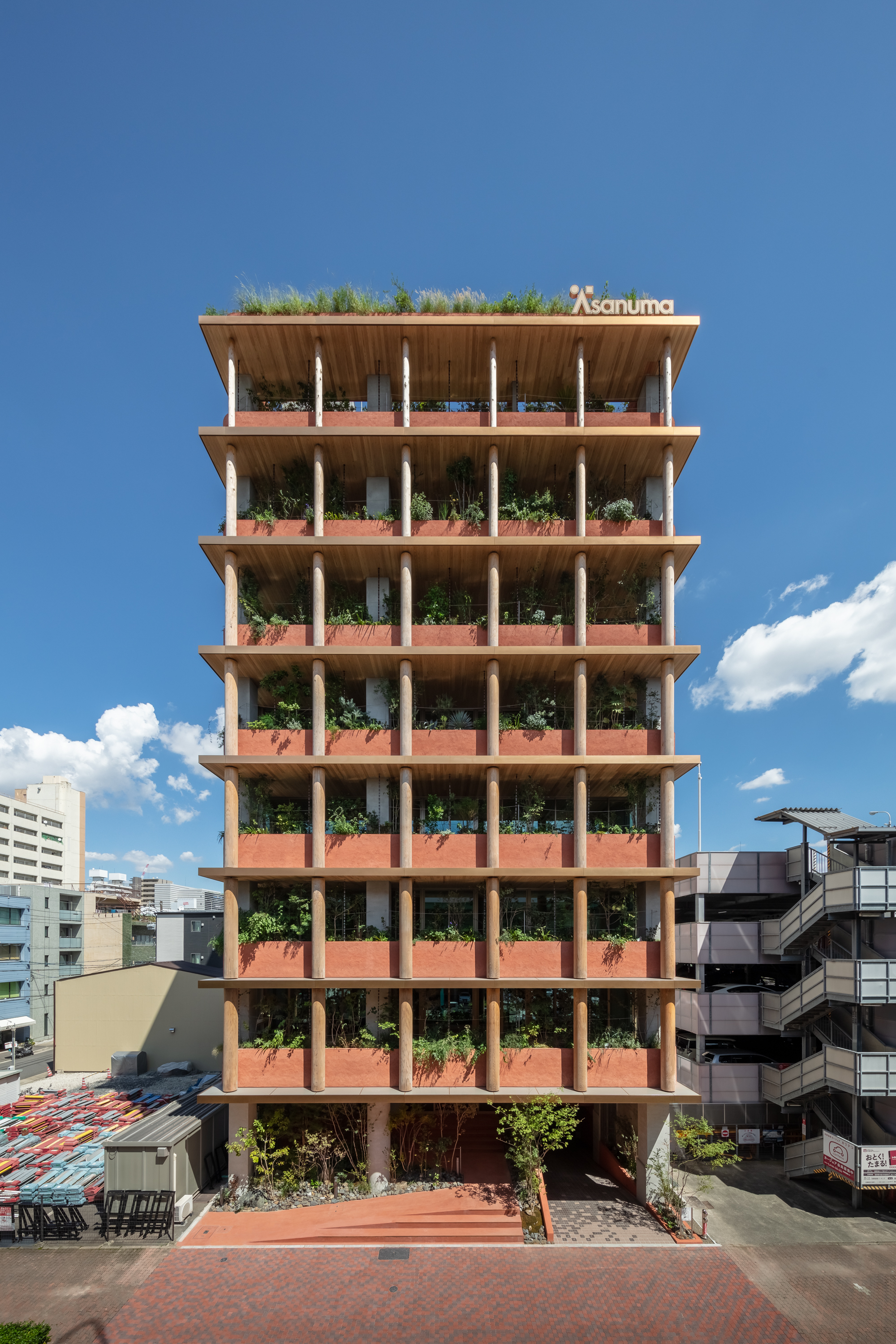

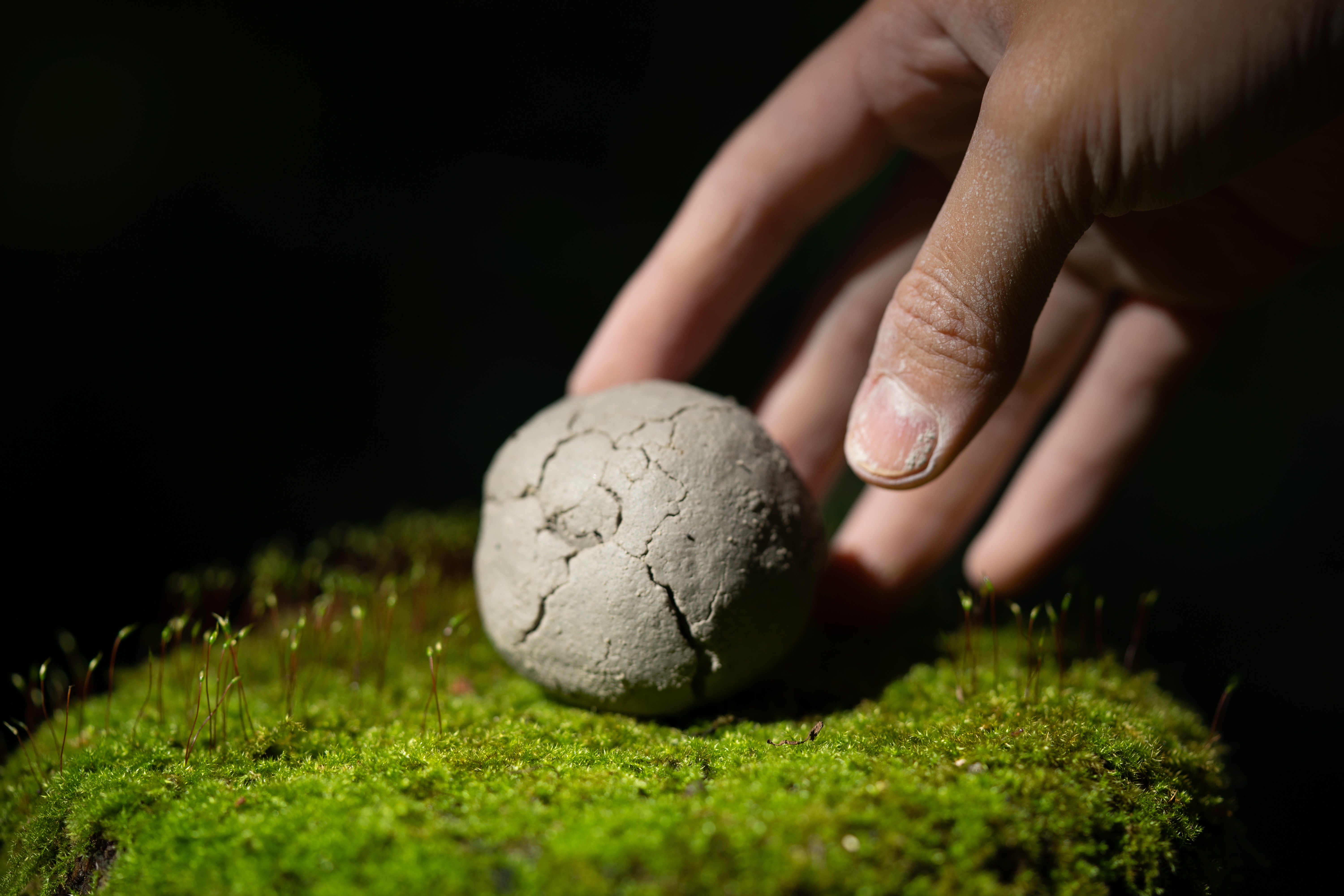
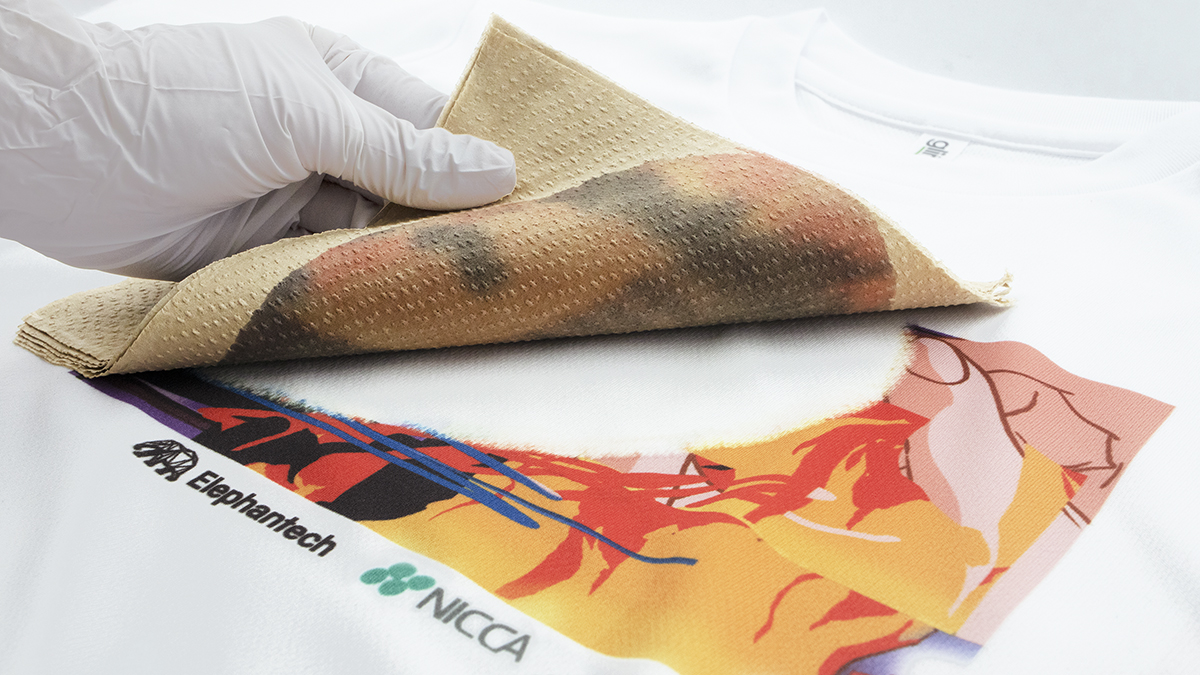
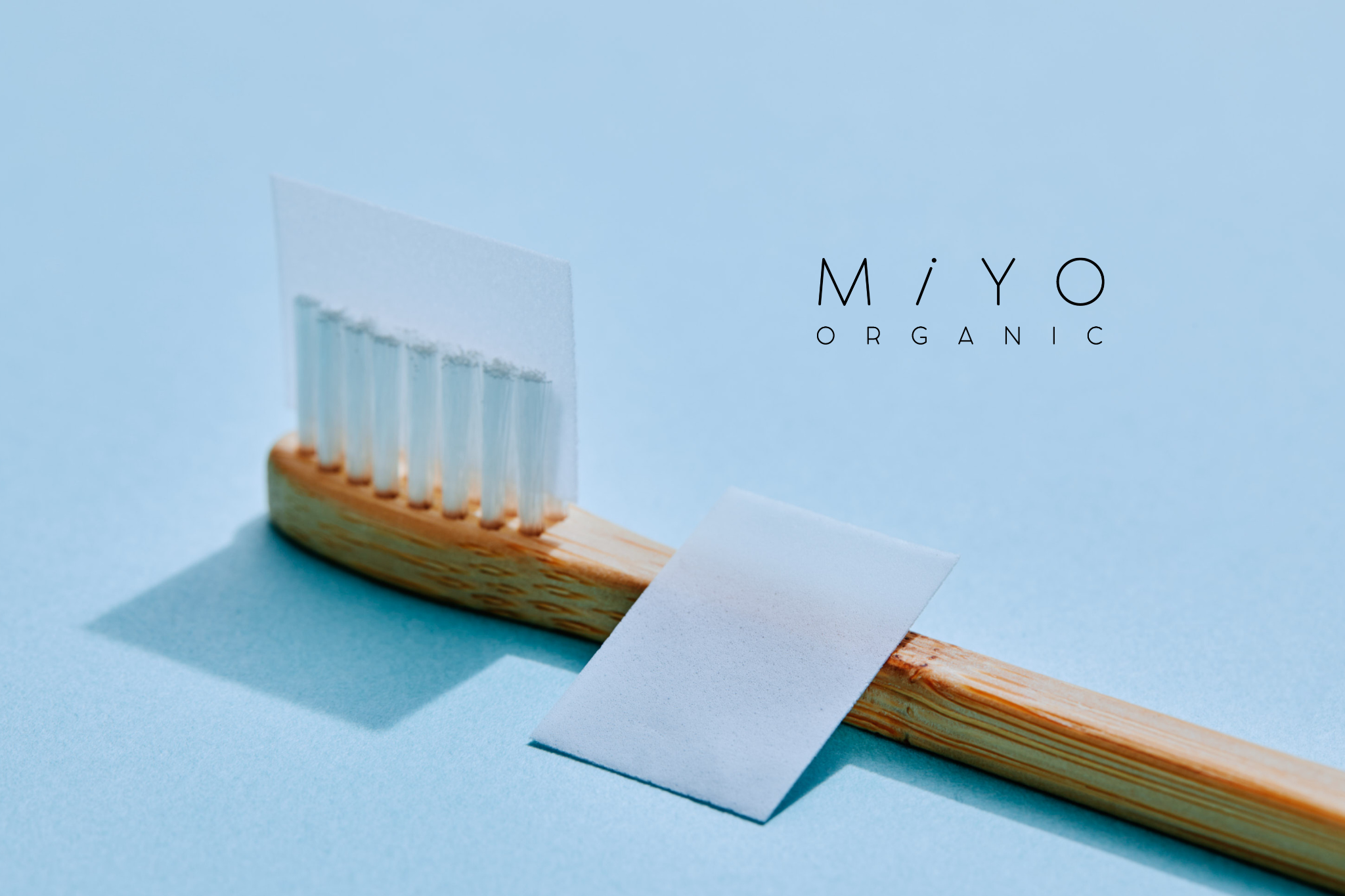
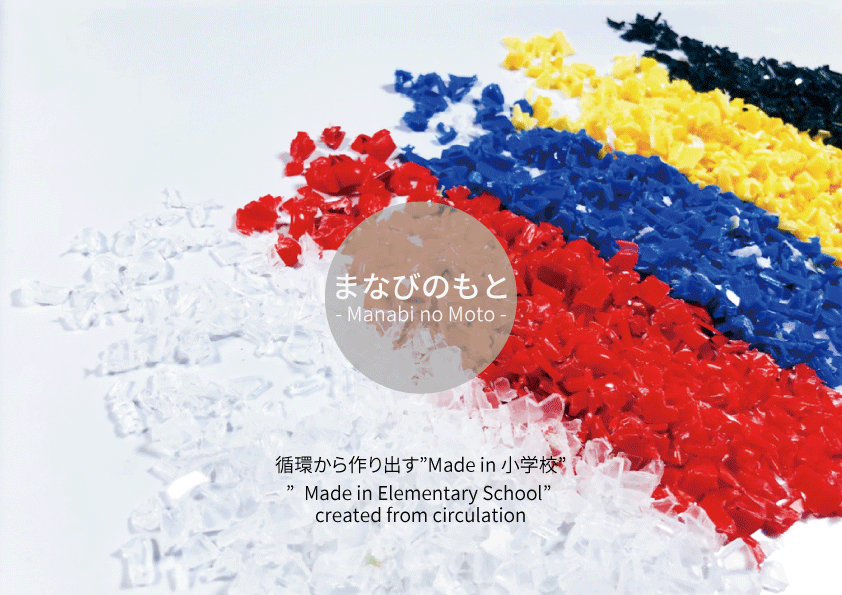

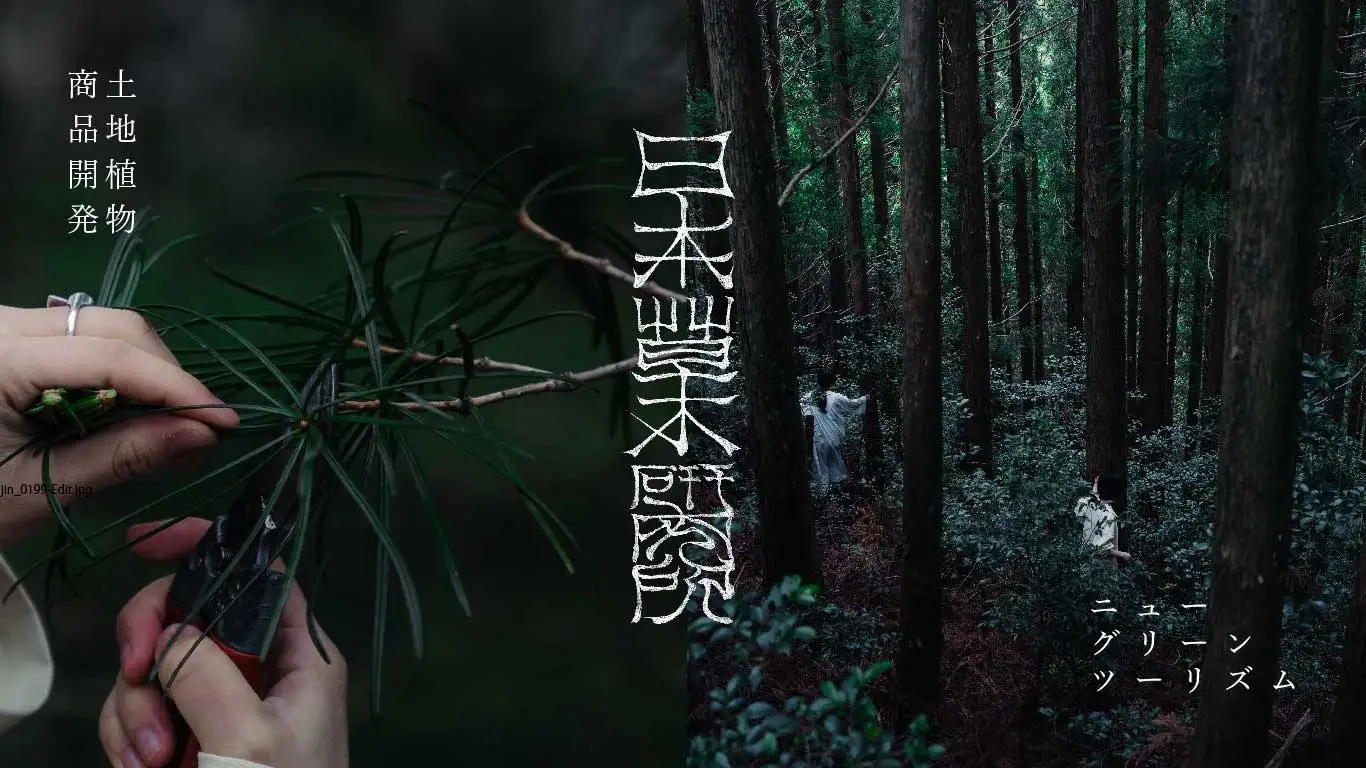

審査員コメント
Richie Lin
MUME Hospitality Group 創業者&CEO / MUME 料理長
MMHG Fashion Prize(MMHG ファッション賞)
It would be a great idea to take the materials from nature, not just to recycle clothes, but also to create new materials. I also hope that this technology can be applied in more fields and help reduce the amount of plastic used while taking into account fashion and sustainability.
自然界から取り出した素材から衣服を作り、使用後に繊維としてリサイクルするだけではなく、そこからまったく新しい素材を生み出せれば、それは素晴らしいアイデアだと思います。また、この技術がより多くの分野で応用され、ファッション性やサステナビリティを犠牲にすることなくプラスチック使用量の削減に貢献してくれることを願っています。
Jérémie Bellot
建築家 / デジタルアーティスト / AV Extended 創業者 / Château de Beaugency オーナー兼クリエイティブディレクター
Fungi Prize(きのこ賞)
Fashion has to make his own revolution. in term of waste production. I like the global concept and the product has to be pushed to create new textile materials.
ファッション業界は、自ら革命を起こす必要があります。私はこのプロジェクトが提案するグローバルなコンセプトが気に入っていて、その発展から新しいテキスタイル素材が生み出されることを願っています。
すべての受賞プロジェクトを見る